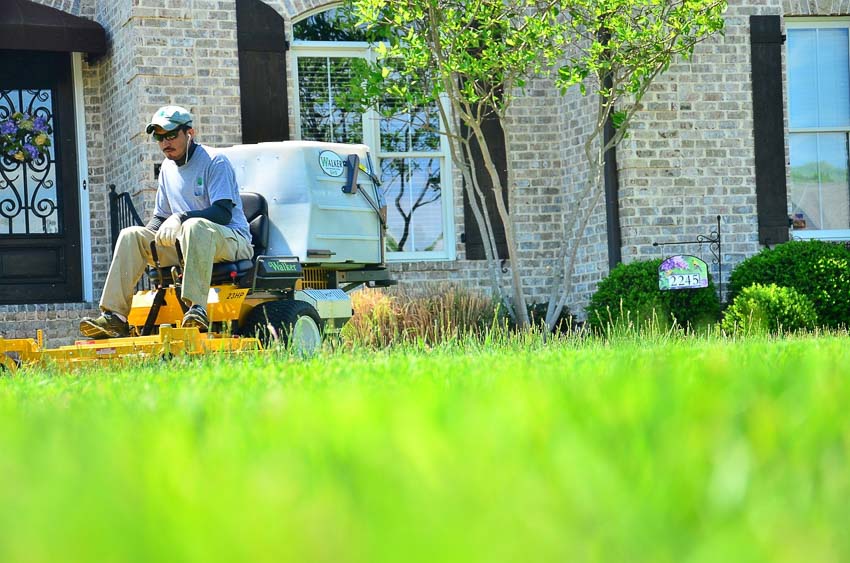How much does lawn care cost the average homeowner? In this guide, you’ll find everything you need to know about the importance of lawn care, what services professional lawn care companies provide, and the factors that affect lawn care costs.
The value of a well-maintained lawn
Lawns keep your yard neat and tidy, and enhancing your home’s curb appeal can add value to your property. Everyone loves the look of a luxurious green lawn, and a well-maintained lawn can improve the appearance of your yard and home.
Importance of Lawn Care
Regular lawn care, including mowing, fertilizing, and watering, results in healthier grass that is less susceptible to weeds, pests, heat, and drought. Taking good care of your lawn on a regular basis makes it easier to keep your yard looking its best.
Aesthetics and curb appeal
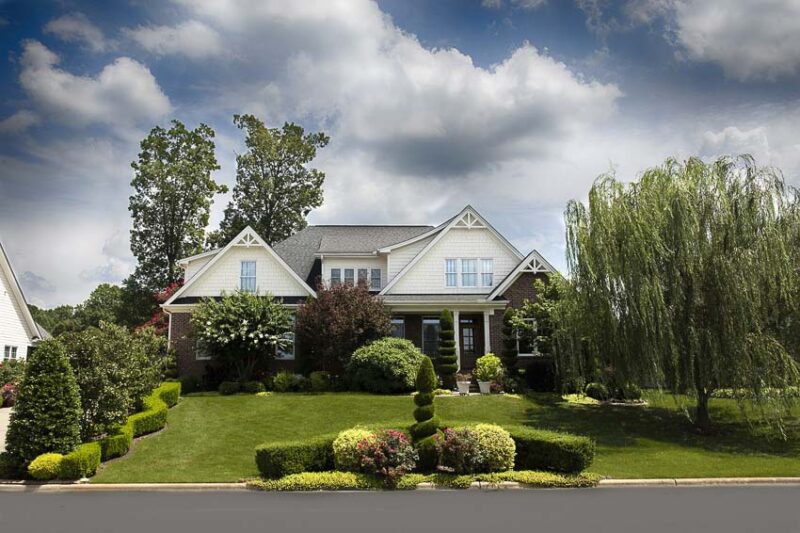
A well-maintained lawn makes your home look more attractive and inviting, increasing its curb appeal. It also makes a great first impression on potential buyers if you’re looking to sell your home.
Environmental benefits
Regular lawn care provides numerous environmental benefits, including reduced erosion and dust control.
A well-maintained lawn also provides cooling effects for your home, offsetting 50% of the solar heat. Lawns absorb carbon dioxide, which helps improve air quality, and they can provide habitat for wildlife.
Enhancing property value
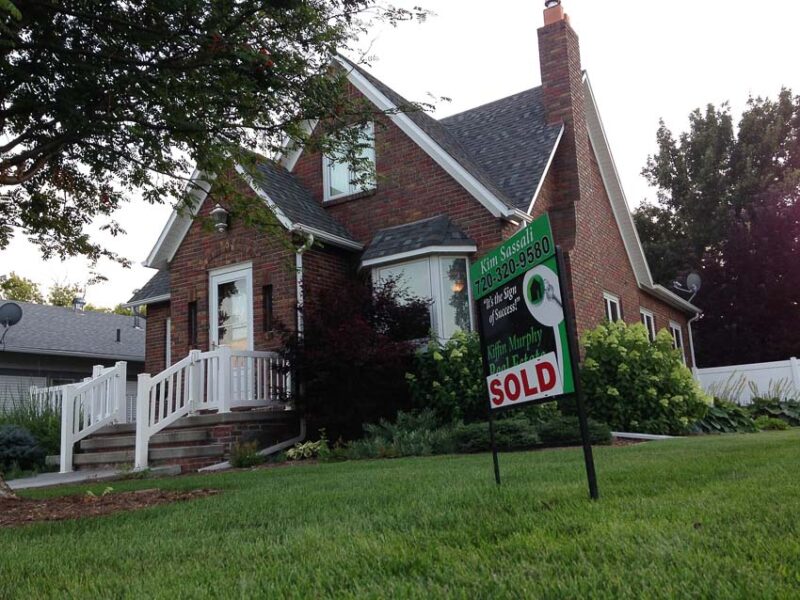
Estimates vary, but homes with attractive landscaping can be worth anywhere from 5% to 20% more than homes without. Lawn care contributing to a beautiful yard is one of the best investments to add value to a property, whether for your forever home or when you’re looking to rent or sell a property.
Professional Lawn Care Services
Many homeowners love to take care of their lawns. However, only some have the time, energy, or physical capabilities to do it themselves. As a result, many property managers use professional lawn care services to meet the needs of their clients.
Types of lawn care services
Professional lawn care services include mowing, trimming, edging, aerating, fertilizing, weed control, and pest control. Working with a professional lawn care service allows homeowners to enjoy a beautiful and well-manicured lawn without having to do it themselves.
Here are the most common types of lawn care services and the average costs associated with each type.
Mowing-$30 to $85 per service
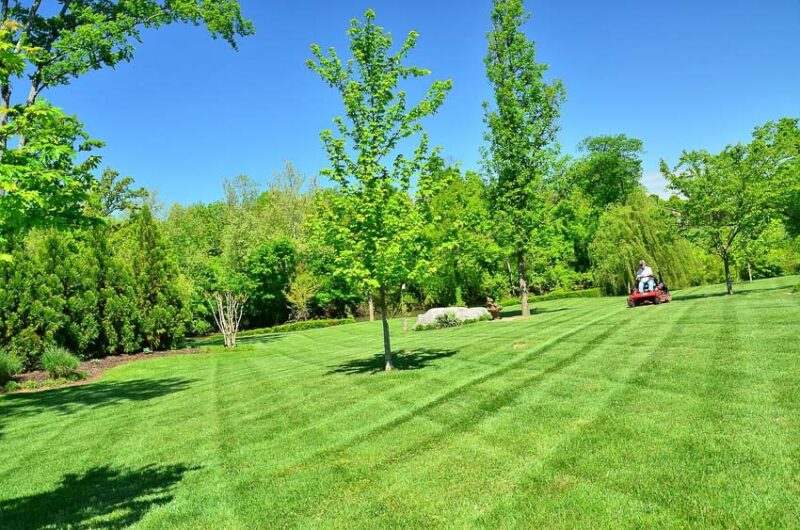
Mowing is the most common lawn care service provided by professionals. Standard mowing packages usually include various other services, such as trimming, edging, and leaf blowing.
Fertilizing-$65 to $100 per service
Depending on the type of fertilizer you use, your lawn may need to be fertilized up to four times per year. Lawn care service companies will put you on a fertilization schedule and manage all your lawn fertilizer needs.
Weed control-$50 to $125 per treatment
Selective herbicides can be applied to your lawn to prevent weeds from getting established or eliminate weeds that are already growing. In addition, lawn care professionals often use weed and feed fertilizers when you have a lawn fertilization service contract with them, which saves you money by combining services.
Aerating-$75 to $200 per service
Lawn aeration is done with a machine with spikes that penetrate the soil to increase the amount of oxygen and improve airflow to the root system, promoting growth and drainage. Aeration is usually only required every two to three years, but annual aeration is recommended if you have heavily compacted clay soils.
Dethatching-$75 to $300 per service
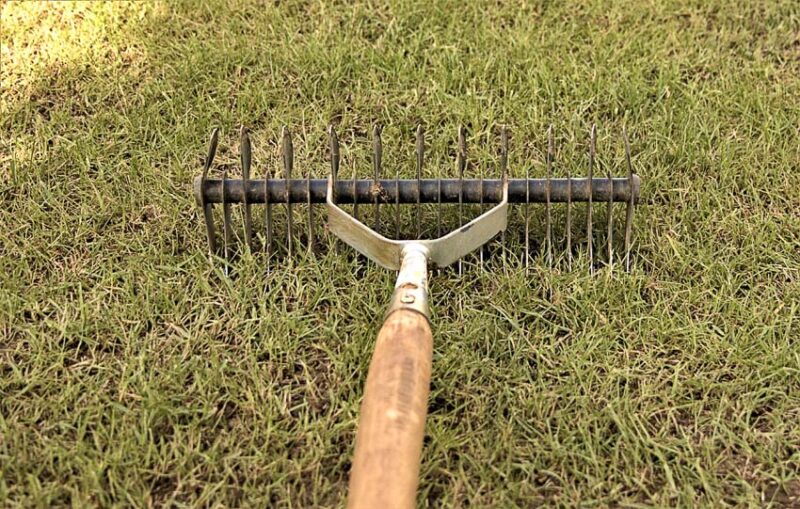
Thatch is the layer of dead grass and other organic matter accumulating in your lawn. It’s important to dethatch your lawn once every three to five years to reduce the risk of disease and encourage healthy growth.
Pest control
Another common service offered by landscaping professionals is pest control. Regarding lawn care costs, pest control usually refers to insects, ants, lawn grubs, and fleas. Here is a breakdown of the costs for the different types of lawn pest control:
- Insecticide treatments–$300 to $550 per treatment for your home and yard
- Lawn grub treatments–$50 to $150 per treatment
- Ant control–$80 to $500
- Flea infestations–$75 for a yard and $100 to $200 per room
If you need to get rid of raccoons or feral cats, you should contact an animal control specialist.
Irrigation system service and installations-$50 to $160 for seasonal services
Many lawn care service companies service and install irrigation systems. Seasonal services like winterization and spring turn-ons are the most common services, but you can also call them for repairs.
The average cost to install a sprinkler system is about $2,500, but your actual price depends on the size of your yard and the type of system you choose.
Other lawn care services
Here is a list of ancillary lawn care services that only some companies offer and that they perform less frequently.
- Artificial grass installation
- Cleaning gutters
- Composting and compost collection services
- Gardening services
- Hydroseeding and planting grass
- Land leveling and grading
- Leaf blowing and removal
- Mulching
- Planting annual and perennial flower beds
- Pruning and trimming hedges, trees, and shrubs
- Rototilling services for your garden
- Tree planting
- Tree removal
- Snow removal
- Watering
- Yard cleaning services
Full-service lawn care and yard maintenance plans
Many professional lawn care services offer packages that cover all your lawn needs. These full-service plans usually include everything in a standard yard maintenance package, plus fertilizing, overseeding, seasonal cleanups, turf repairs, and pest control.
The cost of lawn care packages depends on many factors, including where you live, the size of your yard, and what’s in the packaged plan.
Factors affecting lawn care cost
Lawn care costs vary considerably according to several factors, such as the size of your yard and the condition of your lawn. However, the average lawn care cost per month is $100.
On the low end, some people only pay $40 per month, but on the other hand, some people pay $900 per month for lawn care.
Here are the main factors that affect lawn care costs:
Size of yard
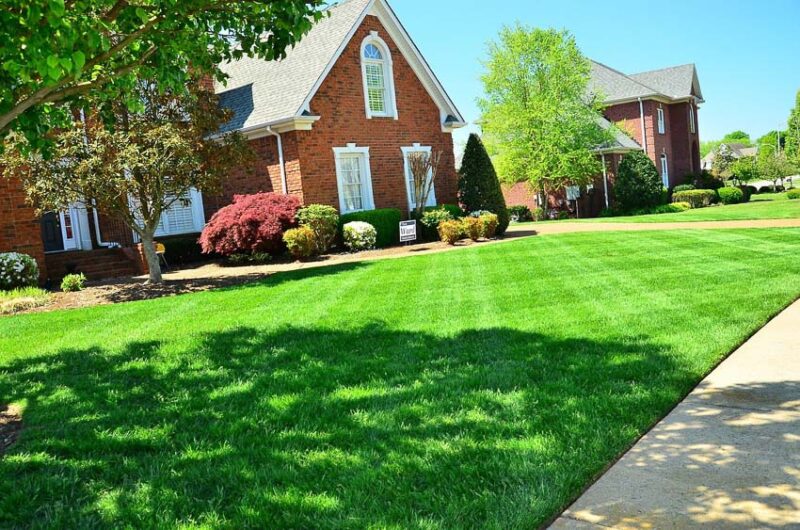
Yards come in every shape and size; you can expect to pay more for a larger yard. The average cost of lawn care is $30 to $70 per hour, and the longer it takes, the more it will cost.
Type of grass
The region you live in will determine the type of grass you grow.
Some grasses grow faster than others and must be mowed more often. For example, if you have a clover lawn, it may only need mowing a few times a year.
Obstacles
Some lawns are simple to mow because they don’t have obstacles like benches, playground equipment, and flower beds in the way. The more obstacles you have, the more time it will take, and the more it will cost you for lawn care.
Frequency
Healthy grass needs water and fertilizer, but it will also make your grass grow faster, requiring more frequent mowings. Some people want their grass mowed shorter and more often, which will affect overall lawn care costs.
The services
If you choose to enter a contract for lawn care, your costs will be determined by the types of services you select. Many landscaping service companies offer basic maintenance plans and full-service plans to give you flexibility.
The season
Grass doesn’t grow all year, and even if you live in the South, your lawn will slow down and go dormant during the winter. However, people who live in areas with longer growing seasons will pay more for annual lawn care.
Choosing the right lawn care provider
Choosing the best lawn care service provider requires research. Find potential companies, ask questions, and get quotes. Here are a few tips for selecting the right lawn care professional:
- Ask for at least three references and call them
- Search for online reviews
- Ask for related certifications and insurance certificates
- Schedule a consultation and get estimates from more than one lawn care business
Cost of Lawn Care: A Detailed Breakdown

Trying to figure out what it will cost for lawn care can be confusing because there are many variables.
The following detailed breakdown of regional cost variations, lawn size, and service frequency helps clarify it.
Regional cost variations
You may have noticed that your zip code is the first thing online lawn care cost calculators ask for. That’s because regional costs are one of the most significant determiners of lawn care costs.
Here are the costs per square foot for mowing a 1,000-square-foot lawn–including trimming the edges–for different locations around the United States:
| Location (ZIP code) | Low cost per square foot | High cost per square foot | Total range |
| New York, NY (10001) | $0.08 | $0.17 | $80 to $170 |
| San Diego, CA (91911) | $0.06 | $0.13 | $60 to $130 |
| Chicago, IL (95712) | $0.06 | $0.14 | $60 to $140 |
| Houston, TX (77001) | $0.05 | $0.10 | $50 to $100 |
| Seattle, WA (98101) | $0.06 | $0.13 | $60 to $130 |
| Missoula, MT (59801) | $0.05 | $0.11 | $50 to $110 |
| Cedar Falls, IA (50613) | $0.05 | $0.11 | $50 to $110 |
Lawn size and complexity
The larger your lawn, the more it costs to mow, but you will pay less per square foot for larger lawns. It can be even higher if your yard has complex designs or many obstacles to mow around.
To see how the cost changes when you increase the size of your lawn, here are the associated costs of the same locations listed above but for a lawn 10,000 square feet in size.
| Location (ZIP code) | Low cost per square foot | High cost per square foot | Total Range |
| New York, NY (10001) | $0.02 | $0.04 | $200 to $400 |
| San Diego, CA (91911) | $0.01 | $0.03 | $100 to $300 |
| Chicago, IL (95712) | $0.01 | $0.03 | $100 to $300 |
| Houston, TX (77001) | $0.01 | $0.02 | $100 to $200 |
| Seattle, WA (98101) | $0.01 | $0.03 | $100 to $300 |
| Missoula, MT (59801) | $0.01 | $0.02 | $100 to $200 |
| Cedar Falls, IA (50613) | $0.01 | $0.02 | $100 to $200 |
Frequency of services
Most lawn care services are scheduled once every two weeks, which is enough to keep your lawn looking good throughout most of the season. For average-sized lawns, service takes about two hours per visit.
Weekly service may be required during spring and early summer, which are peak growing conditions. Ask your lawn care provider about a package that usually comes with a price break.
DIY Lawn Care: Tips and Tricks
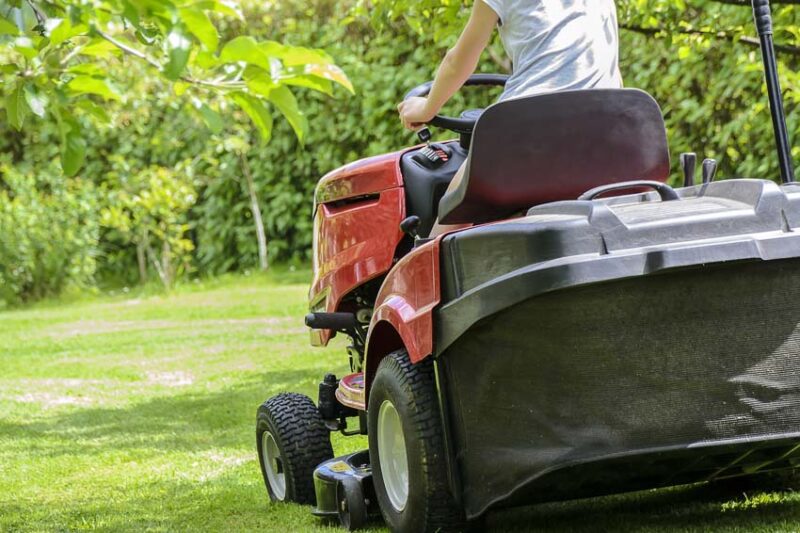
Taking care of your lawn gives you a feeling of accomplishment and pride in your home that you don’t get when you pay for lawn care services. Here are some tips and tricks for people interested in DIY lawn care to ensure your success.
Essential lawn care tools
Taking care of your own lawn requires the right tools. Here is a list of the essential tools that you need to keep your yard looking its best:
- Lawnmower
- Weedeater or trimmer
- Edger
- Wheelbarrow
- Shovel
- Rakes
- Dethatching rake
- Broadcast spreader
- Hoses
- Sprinklers
- Spray nozzles
- Garden shears
Mowing and watering best practices
Mowing and watering seem pretty simple, but there are some common mistakes to avoid. You’ll enjoy a healthier, greener lawn when you follow these mowing and watering tips:
- Mow at the right height for your type of grass. Usually, taller is better, but keep it between 2 and 4 inches for optimal health and make mowing easier.
- Water deeply and infrequently. Lawns need about one inch of water per week, spaced into up to two or three waterings.
- The best time to water your lawn is in the morning. If you water at night, excess moisture encourages fungal growth and diseases.
- Keep your mower blades sharp.
Fertilizing and weed control
Lawns are heavy feeders, requiring a lot of nutrients to stay green and lush.
Understanding how to fertilize your lawn is important because it will help your grass grow strong root systems that protect it from heat and drought and enhance its color and thickness. Also, when properly fertilized, lawns are more resistant to weeds.
Timing is important when you are fertilizing your lawn. The best time to fertilize depends on the type of fertilizer you are using and the grass you are growing.
It’s important to know that over-fertilizing can severely damage your lawn. You can save time and money by choosing a fertilizer with selective herbicides that feeds your lawn and controls weed growth at the same time.
Lawn Care Cost FAQ Section
How often should I schedule lawn care services?
If you are planning on having all your lawn care provided by a professional, ask them about lawn care packages. That way, you won’t have to worry about scheduling service. Otherwise, schedule lawn mowing once every two weeks, with more frequent mowings during peak growing conditions.
Is it more cost-effective to handle lawn care myself or hire a professional?
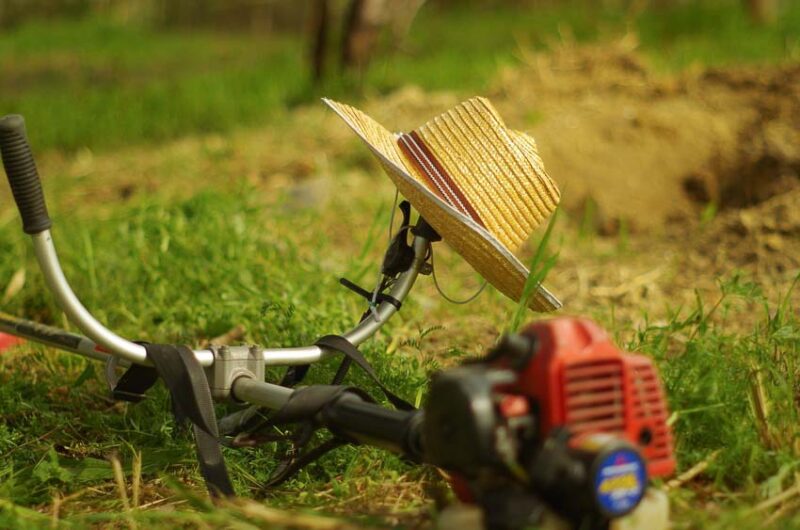
If you have the time and are physically capable, DIY lawn care is less expensive than paying for professional lawn care services. However, for some people, time is more important than money, and if you have the resources, it can be more cost-effective to pay someone else to care for your lawn.
What factors should I consider when choosing a lawn care provider?
You want a lawn care provider who will be reliable and take care of your lawn, so you don’t have to worry about it. They should pay excellent attention to detail and provide high-quality service because your lawn represents a significant investment.
When choosing a lawn care provider, ask for references and get estimates from multiple lawn care businesses.
Are there any low-cost or eco-friendly alternatives to traditional lawn care methods?
There are many low-cost and eco-friendly alternatives to traditional lawn care. To start, you could reduce your lawn by choosing low-growing ground covers or planting clover instead of grass. Consider installing artificial grass if you’re getting hit by large water bills and high lawn care costs.
How can I reduce my lawn care costs without sacrificing the health of my lawn?
Several good ways exist to reduce lawn care costs without letting your lawn suffer.
Start by avoiding overwatering, planting a clover lawn, mowing your grass taller, and choosing natural fertilizers that only need to be applied once a year. You can also save money by choosing a yearly service contract.

